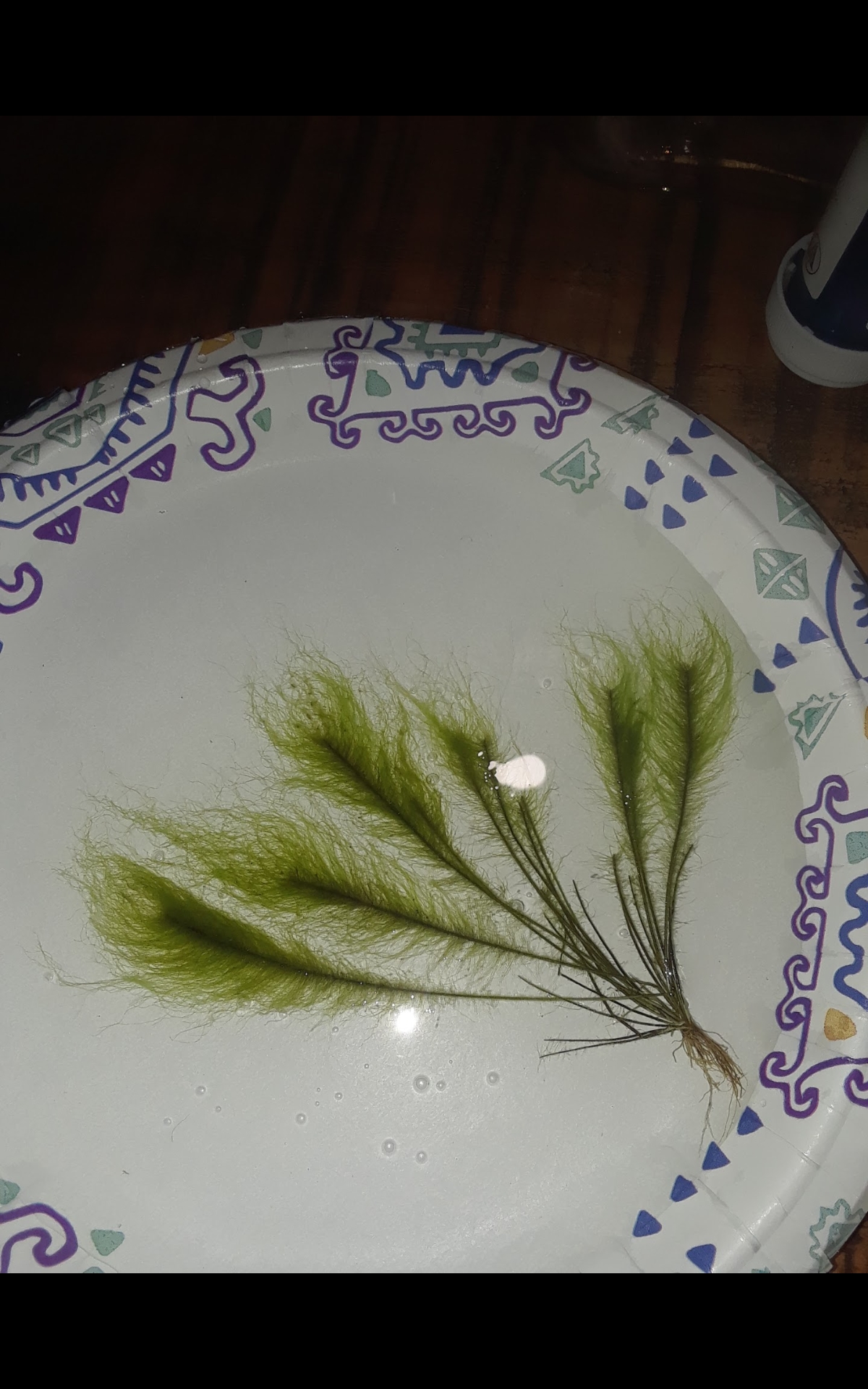Never saw anything like this before...please help - 05/01/19 08:10 PM
I was walking around the pond after work, trying to decide if I needed to add a little more dye, and came across this plant floating beside the dock. I've never seen anything like it. Would really like to know what it is. Is it considered invasive? Is it a good/bad plant?
I have to assume turtles pulled it up...or it spreads thru fragmentation.
[img]https://photos.app.goo.gl/mhNicSQdtGjXBcXA8[/img]
[img]https://photos.app.goo.gl/irdGe49VQBEt4am39[/img]
As always, any insight is greatly appreciated.
I have to assume turtles pulled it up...or it spreads thru fragmentation.
[img]https://photos.app.goo.gl/mhNicSQdtGjXBcXA8[/img]
[img]https://photos.app.goo.gl/irdGe49VQBEt4am39[/img]
As always, any insight is greatly appreciated.

